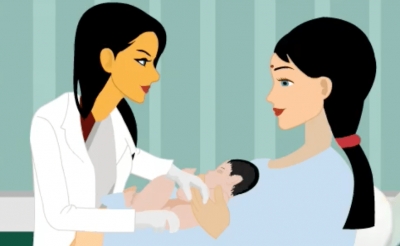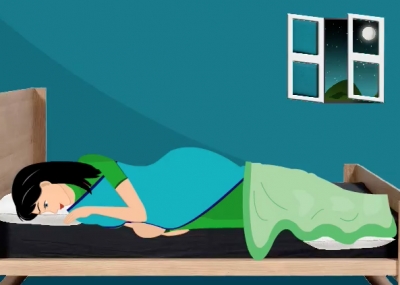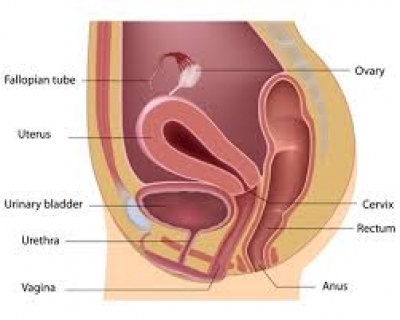This month the baby actually opens his eyes sometimes while awake and closes when he is sleeping. Baby’s immune system is active and if the baby is a boy his testicles should have descended into the scrotum. Both the baby’s brain and the bones are still soft, this is so because he can easily push himself through the birth canal.
You could be feeling
You are now considered full-term and could deliver at any time. Sometime this month, your baby’s head will begin to settle downward, deep inside the pelvis, ready for birth. This is called “lightening,” . This makes it easier for you to breathe as till now the uterus would have been putting pressure on your lungs. However, the increased pressure on your bladder will lead to another problem - make you want to urinate more often.
Tests this month
The nonstress test (NST) measures your baby’s heart rate as they move around. It may be ordered if your baby isn’t moving normally or if you’re past your due date. NST just involves placing a fetal monitor over your baby bump for 20 to 30 minutes. Your doctor may perform the NST weekly if you have a high-risk pregnancy, or anytime beginning around the 30th week. Sometimes the heart rate can be slow if the baby is asleep. In this case, your doctor might try to gently wake them. If the heart rate remains slow, the doctor may order a biophysical profile. This combines the NST information with an ultrasound exam to get a better understanding of the baby’s condition.
Warning Signs
During pregnancy, the baby is surrounded and cushioned by a fluid-filled membranous sac called the amniotic sac. Typically, at the beginning of or during labor the membranes surrounding the baby, the amniotic membranes ruptures and this will set the baby to start coming down the birth canal. Sometimes the membranes may break early. This is called premature rupture of membranes.
If you feel a gush of fluid coming out of your vagina and you are sure it is not urine, then it may be that you are leaking amniotic fluid. Please see your doctor immediately.






